Internal Subversion and External Terror : The Left-Liberal Undermining of India’s Sovereignty
13 May 2025 13:40:11
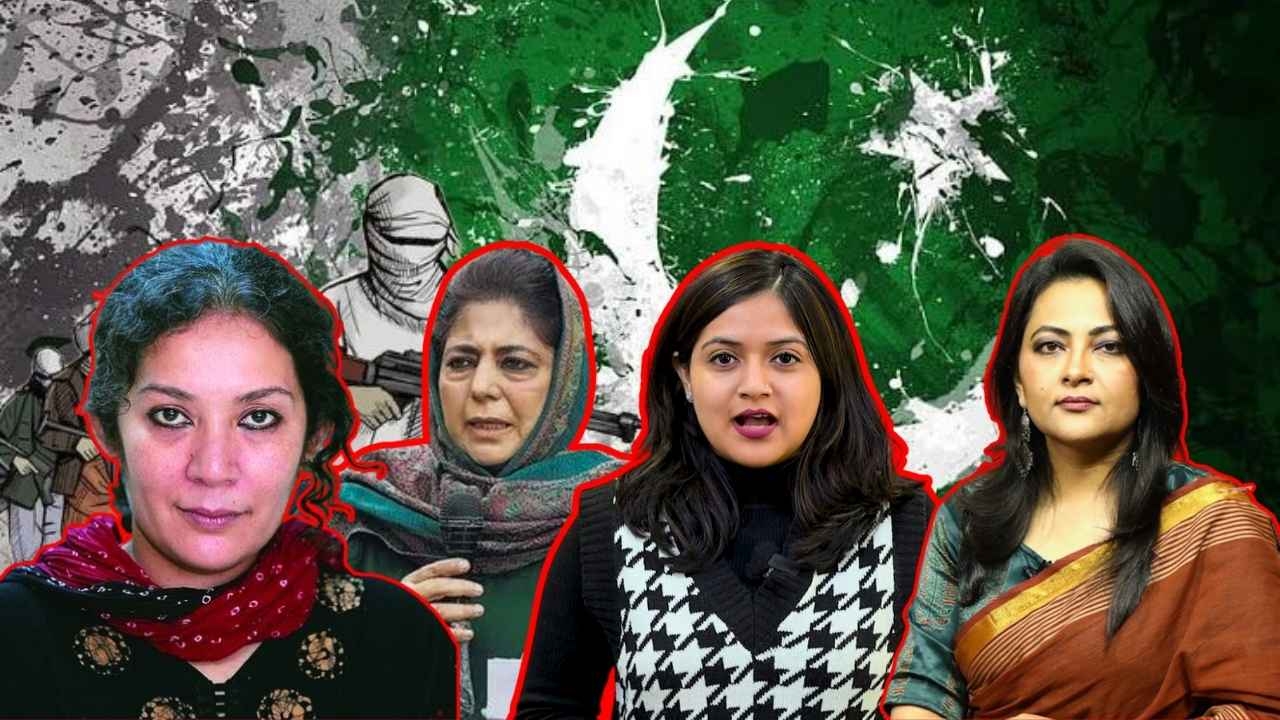
In the wake of the devastating Pahalgam terror attack on April 22, 2025, which claimed 26 lives, mostly Hindu tourists, India has faced a critical test of its national resolve. The attack, executed in the serene Baisaran Valley of Jammu and Kashmir, was a calculated strike aimed at destabilizing India’s tourism sector and inflaming communal tensions. India’s swift and decisive response, Operation Sindoor, launched on May 6-7, 2025, targeted terrorist infrastructure in Pakistan and Pakistan occupied Jammu-Kashmir (POJK), eliminating over 100 terrorists linked to groups like Lashkar-e-Taiba and Jaish-e-Mohammed.
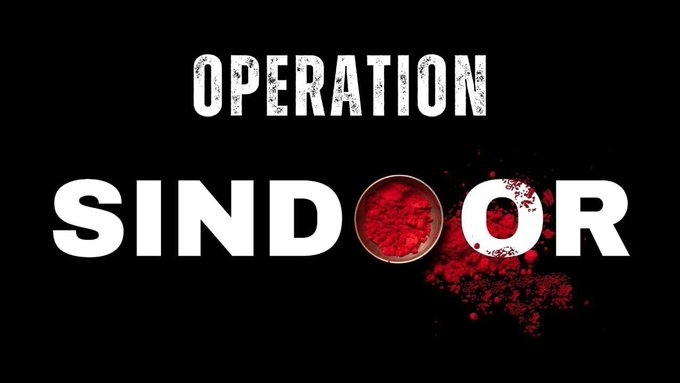
This operation, a testament to India’s growing military prowess and zero-tolerance policy toward terrorism, has been lauded by the majority of its citizens and even mainstream opposition parties like the Indian National Congress. Yet, amidst this unity, a troubling undercurrent of Anti-India voices has emerged from a coterie of leftist intellectuals, journalists, and regional politicians who, under the guise of peace advocacy, are propagating Pakistan’s narrative and demeaning India’s achievements.
The Pahalgam attack was not merely an act of terrorism but a strategic escalation in Pakistan’s long-standing proxy war against India. The Resistance Front (TRF), initially claiming responsibility before retracting, is widely believed to be a front for Pakistan-based Lashkar-e-Taiba, a group responsible for heinous attacks like the 2008 Mumbai massacre.

India’s response—diplomatic measures like suspending the Indus Waters Treaty and military strikes under Operation Sindoor—demonstrated a resolve to hold Pakistan accountable. However, certain Indian voices have sought to dilute this narrative, casting doubt on Pakistan’s involvement and questioning the legitimacy of India’s actions.
These individuals and organizations, often cloaked in the rhetoric of human rights and anti-militarism, have aligned themselves with Pakistan’s denials, effectively serving as apologists for a state that has harbored terrorists for decades. Their actions are not merely dissent but a betrayal of national interest, as they amplify Pakistan’s propaganda while India grapples with the fallout of a terrorist attack that targeted innocent civilians.
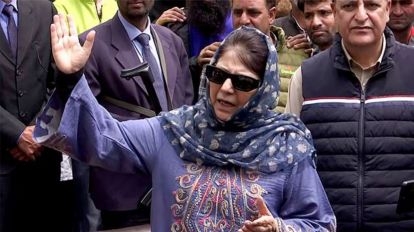
Mehbooba Mufti — leader of the Peoples Democratic Party (PDP) and former Chief Minister of Jammu and Kashmir — response to the Pahalgam attack has been marked by a conspicuous focus on the plight of Kashmiri locals, particularly pony operators affected by the economic fallout, while downplaying the attack’s broader implications.
On May 5, 2025, she visited Pahalgam and decried the government’s crackdown on suspected terrorists, including the demolition of their homes, as excessive. Her statements, while framed as concern for civilian welfare, conveniently sidestep the fact that these measures targeted individuals linked to the TRF, whose actions directly caused the deaths of 26 people.
By emphasizing alleged state overreach over the need for justice, Mufti’s rhetoric mirrors Pakistan’s narrative that India’s actions in Kashmir are oppressive rather than defensive. This selective outrage, which ignores the attack’s communal targeting of Hindu tourists, fuels a narrative that portrays India as the aggressor, aligning disturbingly with Pakistan’s diplomatic efforts to deflect blame.

Journalists and media outlets have played an equally troubling role in this saga, with The Hindu emerging as a focal point of contentious reporting. In the context of the 2025 crisis, The Hindu published an article by legal journalist Aaratrika Bhaumik that questioned the legality of Operation Sindoor under international law.
Bhaumik argued that India’s strikes, to be valid under Article 51 of the UN Charter, required immediate reporting to the UN Security Council—a condition she claimed was only partially met by India’s briefing of 13 UNSC members on May 8, 2025.
While presented as a scholarly critique, the article’s timing and tone cast doubt on the necessity of India’s actions, implying that the strikes were premature absent conclusive evidence of Pakistan’s involvement. This framing echoes Pakistan’s official stance, which has consistently denied complicity and demanded a neutral investigation—an offer India rightly rejected, given Pakistan’s history of shielding terrorists like Hafiz Saeed.
The Hindu’s questionable reporting extends beyond Bhaumik’s article to social media, where its stories have been amplified by false narratives on X. On May 7, 2025, hours after India launched Operation Sindoor—a series of airstrikes targeting terrorist infrastructure in Pakistan and Pakistan-administered Kashmir in response to the April 22, 2025, Pahalgam terror attack—The Hindu posted a now-infamous tweet claiming that “at least three Indian jets have crashed in Jammu and Kashmir’s Akhnoor, Ramban, and Pampore areas,” citing an unnamed government official. The post, attributed to Deputy Editor Vijaita Singh, included four photographs purportedly showing wreckage, with captions describing a jet crash in Wuyan Pampore and firefighters at Akhnoor. This claim, which suggested a significant setback for the Indian Air Force (IAF) during a critical military operation, was rapidly circulated on X, garnering significant attention before its deletion later that day. The Hindu subsequently issued a statement on X: “We have deleted an earlier post about Indian aircraft involved in Operation Sindoor. There is no such on-record official information from India. We therefore decided to remove the post from our platforms. We regret that it created confusion among our readers” (@the_hindu, May 7, 2025). This incident, far from an isolated error, exemplifies The Hindu’s troubling pattern of amplifying narratives that align with Pakistan’s propaganda, undermining India’s military achievements, and sowing confusion at a time of national crisis.
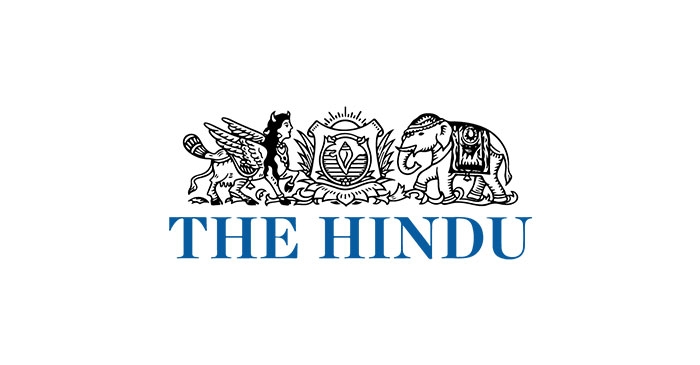
While the post’s deletion suggests internal acknowledgment of its inaccuracy, its initial publication and circulation on X fueled a wave of skepticism about India’s military success. This incident is not isolated; The Hindu has a history of publishing stories that, while cloaked in journalistic objectivity, subtly undermine India’s position. For instance, during the 2019 Pulwama attack, the newspaper was criticized for articles that emphasized alleged human rights abuses in Kashmir over the terrorist threat, a pattern that persists in 2025.

The role of X in amplifying these narratives cannot be overstated. The platform, a battleground for public opinion, has seen a surge of posts from leftist journalists like Arfa Khanum Sherwani and Saba Naqvi, who are accused of propagating Pakistan’s narrative. Sherwani, associated with the banned outlet The Wire, has a track record of framing India’s Kashmir policies as oppressive, often ignoring the terrorist context. In 2025, X posts allege she questioned India’s Operation Sindoor. These posts, while not conclusive evidence, reflect a broader trend of leftist voices using X to cast India’s actions in a negative light, often under the guise of advocating peace.
Some other leftist groups have further muddied the waters by calling for anti-war protests and condemning Operation Sindoor as state-driven aggression. Their rhetoric, which emphasizes ecological damage and civilian suffering, conveniently omits the fact that the conflict was triggered by a terrorist attack orchestrated by groups with documented ties to Pakistan’s Inter-Services Intelligence (ISI). By framing India’s response as disproportionate, these groups align with Pakistan’s diplomatic efforts to portray itself as a victim of Indian belligerence. This narrative is particularly dangerous in a nuclear-armed region, where undermining India’s resolve could embolden Pakistan to escalate its proxy war, confident that internal dissent will weaken India’s response.
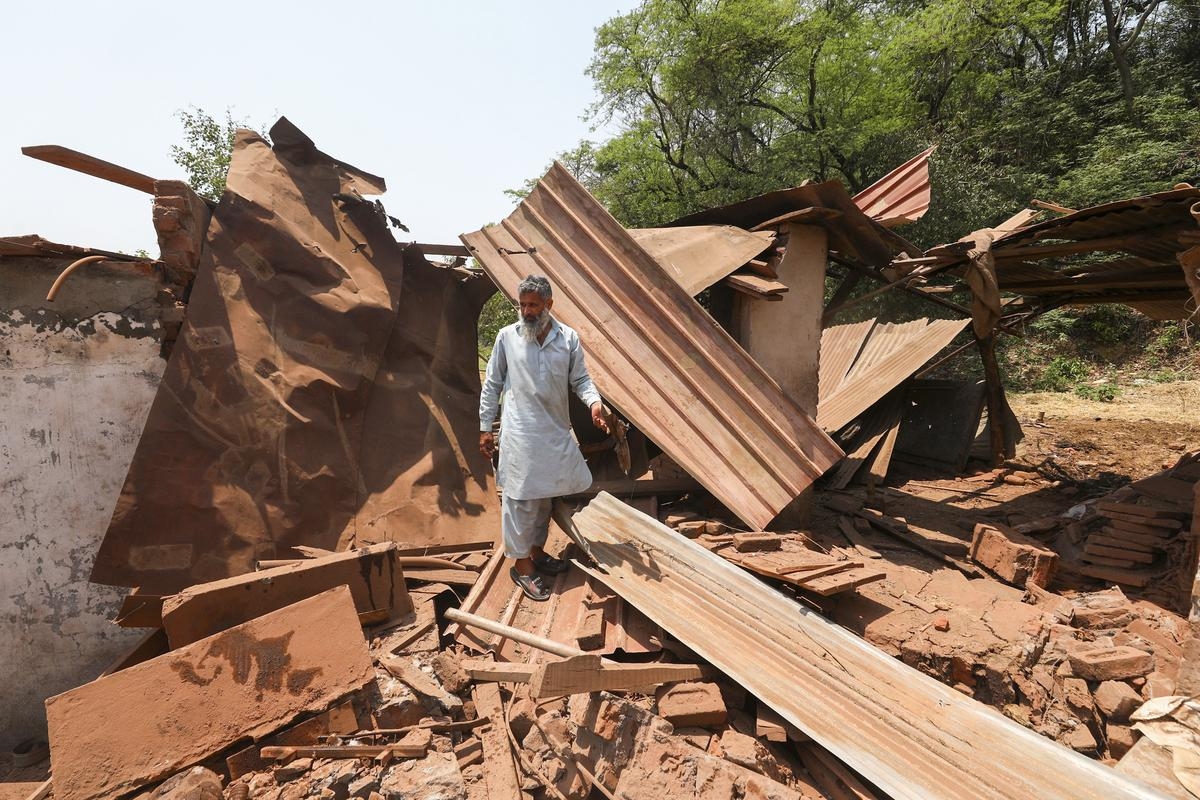
The hypocrisy of these so-called critics is stark when viewed against their selective silence on Pakistan’s actions. Pakistan’s retaliatory shelling in Poonch, which killed 12 Indian civilians and one soldier, has elicited little condemnation from these voices. Nor have they addressed Pakistan’s violation of the ceasefire for eight consecutive nights by May 2, 2025, or its refusal to dismantle terrorist infrastructure, as evidenced by the continued operation of groups like Jaish-e-Mohammed.
This one-sided criticism, which focuses solely on India’s alleged excesses, betrays an agenda that prioritizes ideological posturing over national security. It is no coincidence that Pakistan’s state media, such as Dawn, has praised figures like Mufti for their “humanitarian” stance, amplifying their voices to bolster Islamabad’s case on the global stage.
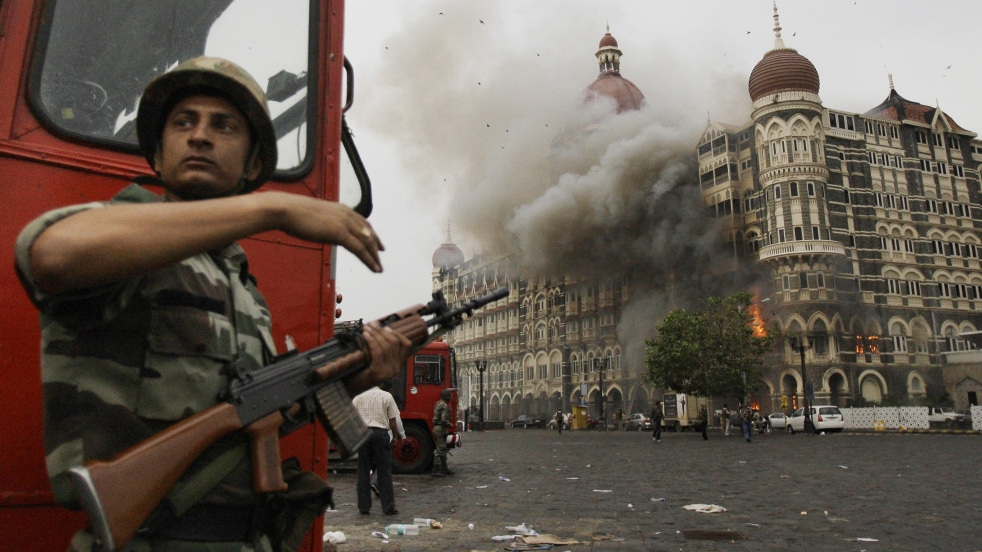
The historical context of such dissent reveals a troubling pattern. During the 2008 Mumbai attacks, leftist intellectuals and media outlets were criticized for downplaying Pakistan’s role, with some suggesting India’s own policies in Kashmir provoked the attack. Similarly, in 2019, following the Pulwama attack, The Wire and other outlets published stories questioning the government’s narrative, only to be debunked when evidence confirmed Pakistan’s complicity.
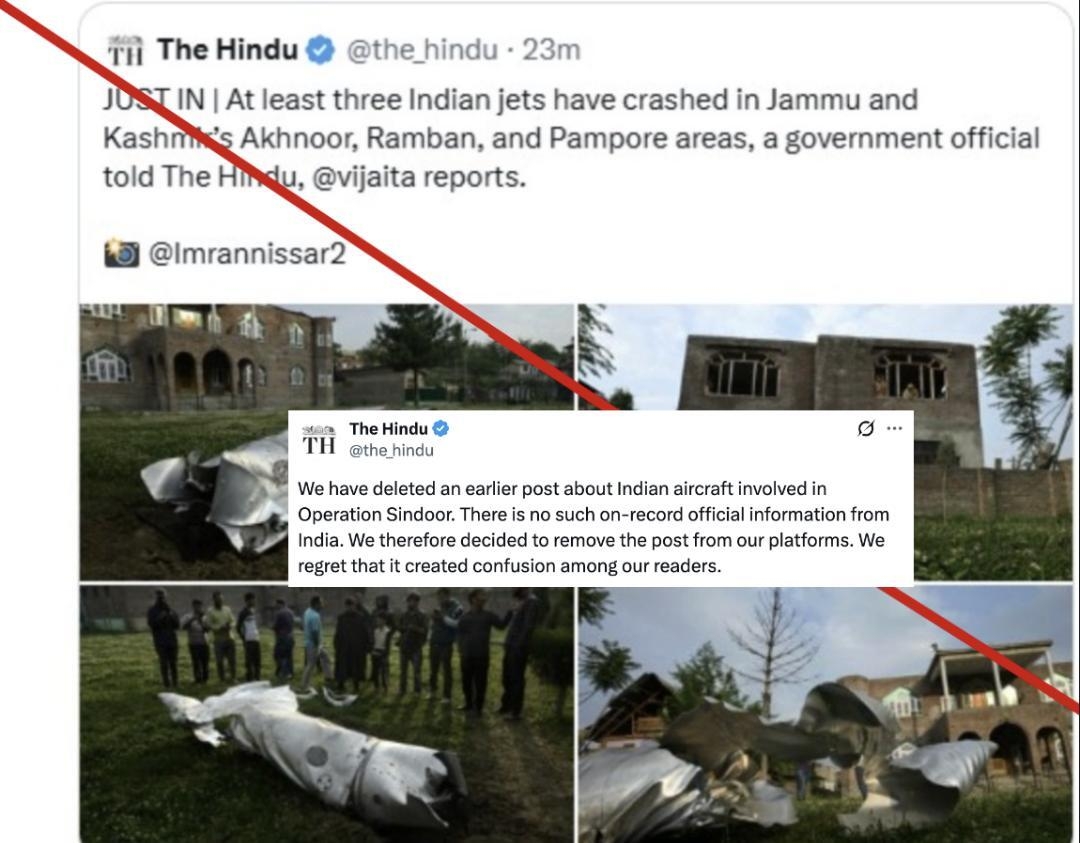
These old fake narratives, often rooted in half-truths or selective reporting, resurface in 2025, with The Hindu’s deleted post on Operation Sindoor being a case in point. The newspaper’s claim of inflated terrorist casualties mirrors a 2019 controversy where it questioned the efficacy of India’s Balakot airstrike, a claim later contradicted by satellite imagery confirming the strike’s success. Such recidivism suggests either gross incompetence or a deliberate attempt to undermine India’s credibility.
The broader implications of these actions are profound. In a time of crisis, when India’s unity is paramount, the propagation of Pakistan’s narrative by leftist and pro-Pakistani elements undermines public morale and emboldens external threats.
The Pahalgam attack was a reminder of the existential challenge posed by Pakistan’s proxy war, yet people/organizations like Mufti, Sherwani, and The Hindu choose to focus on India’s alleged shortcomings rather than the enemy’s culpability.
This is not dissent but a form of intellectual sabotage, weakening India’s resolve at a critical juncture. The government’s decision to ban outlets like The Wire and block 8,000 X accounts, while controversial, reflects the urgency of countering disinformation in a nuclear-armed conflict zone.
The 2025 India-Pakistan crisis has exposed the fault lines within India’s public discourse, where a small but vocal group of leftists and pro-Pakistani elements have sought to undermine the nation’s achievements. By questioning the legitimacy of Operation Sindoor, casting doubt on Pakistan’s involvement, and amplifying false narratives on platforms like X, these actors have played into the hands of India’s adversary.
The Hindu’s role, marked by questionable reporting and retracted stories, exemplifies this trend, echoing old fake narratives that have repeatedly been debunked. As India navigates this perilous moment, it must confront not only external threats but also the internal challenge of dissent that, whether by design or negligence, serves to weaken its sovereignty. The path forward demands unity, vigilance, and a resolute rejection of narratives that prioritize ideology over national interest.